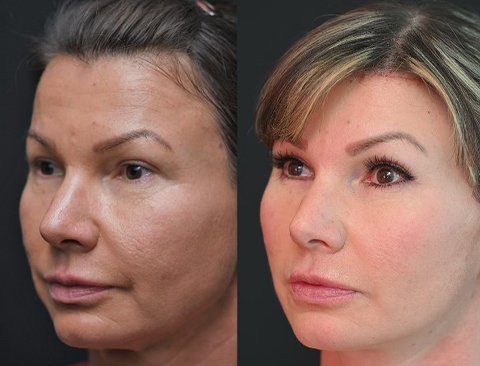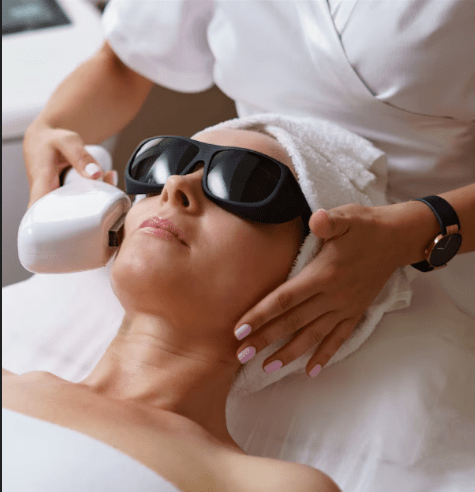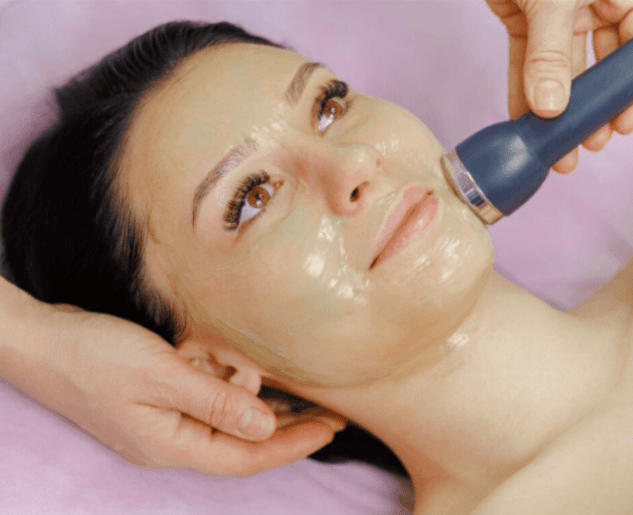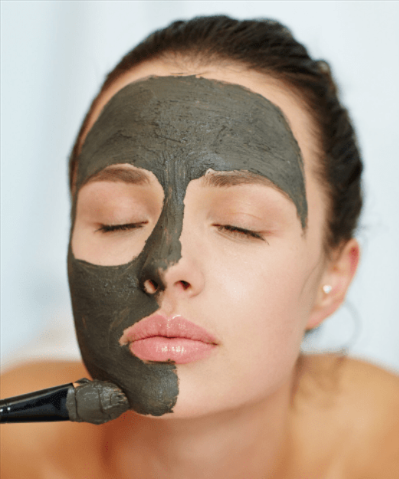When it comes to reversing facial aging, the Deep Plane Facelift is rapidly becoming the gold standard—and nowhere is this more true than in South Korea, a global leader in cosmetic innovation.
Renowned for their natural-looking results and cutting-edge surgical techniques, Korean plastic surgeons are at the forefront of facial rejuvenation, attracting thousands of international patients each year. If you’re considering a facelift, here’s why the Deep Plane technique—especially in Korea—is the best option for long-lasting, age-defying results.
✨ What Is a Deep Plane Facelift?
A Deep Plane Facelift goes beyond traditional skin-tightening techniques. It works by repositioning the SMAS (Superficial Musculoaponeurotic System) layer along with the deep facial fat and muscle—not just the skin. This means:
- More comprehensive lift of the midface, jawline, and neck
- Natural-looking results without a “pulled” appearance
- Longer-lasting effects, often over 10–15 years
Rather than stretching the skin, the deep plane facelift repositions aging tissues where they once were—restoring youthful contours instead of artificially tightening them.
🇰🇷 Why Korea Leads in Deep Plane Facelifts
1. Unparalleled Surgical Expertise
Korea’s facial plastic surgeons perform hundreds of facelifts every year, particularly for medical tourists. Many are board-certified in facial plastic and reconstructive surgery, and trained specifically in advanced deep plane techniques that are still considered niche in other countries.
Surgeons in Seoul often combine deep plane lifts with:
- Fat grafting for volume
- Neck tightening
- Laser resurfacing or thread lifts for skin refinement
2. Artistry Meets Science
Korean aesthetics emphasize natural harmony, not artificial change. Surgeons are meticulous about:
- Preserving ethnic features
- Avoiding overly tight or “wind-blown” looks
- Enhancing the cheeks, nasolabial folds, and jawline in subtle, balanced ways
This makes the deep plane facelift ideal in Korea—where subtle, graceful anti-aging is the standard.
3. Advanced Recovery & Post-Op Care
Korean clinics offer:
- Stem cell therapy, LED light treatment, and scar minimization
- Lymphatic drainage massage and oxygen therapy
- Luxury recovery hotels with private nurses and translators
All of this leads to quicker healing, reduced swelling, and better surgical outcomes for international patients.
👶 Why the Deep Plane Facelift Looks So Youthful
Unlike traditional lifts, the deep plane technique:
- Lifts the cheeks and restores midface fullness
- Eliminates jowls and redefines the jawline
- Smooths deep nasolabial folds (laugh lines)
- Tightens the neck, reducing sagging and banding
It restores volume and structure rather than creating tension in the skin. That’s why people who get deep plane facelifts often look refreshed, not operated on.
Bonus: Ideal for Patients in Their 40s–60s
Many patients begin to see sagging in their 40s or early 50s—when deep plane lifting offers subtle yet transformative results that delay the need for more drastic surgery later in life.
💰 Cost vs. Value in Korea
| Country | Average Price (USD) | Typical Inclusions |
|---|---|---|
| USA | $20,000 – $35,000 | Surgery only |
| Australia | $18,000 – $30,000 | Surgery only |
| Korea | $8,000 – $14,000 | Surgery + Aftercare + Accommodation |
Korea offers top-tier quality at lower costs, with all-inclusive packages covering:
- In-depth consultation
- Bloodwork, anesthesia, and surgery
- Post-op visits, medications, and dressing changes
- Airport pickup and translator services
💬 Real Patient Testimonials
“I chose Korea because their surgeons are known for minimal scarring and precision. My jawline is tight, my cheeks are lifted, and no one suspects I had surgery!” – Patient from Dubai, Age 53
“After researching everywhere—from the US to Thailand—I went with a Korean surgeon. The aftercare was exceptional. I looked like myself, just 10 years younger.” – Canadian Patient, Age 47
📝 Final Verdict: Is It Right for You?
You might be an ideal candidate for a Deep Plane Facelift in Korea if you:
✅ Are in your 40s–60s with visible sagging in the midface or jaw
✅ Want natural, long-lasting results (not just skin tightening)
✅ Are willing to travel for superior care at a better value




